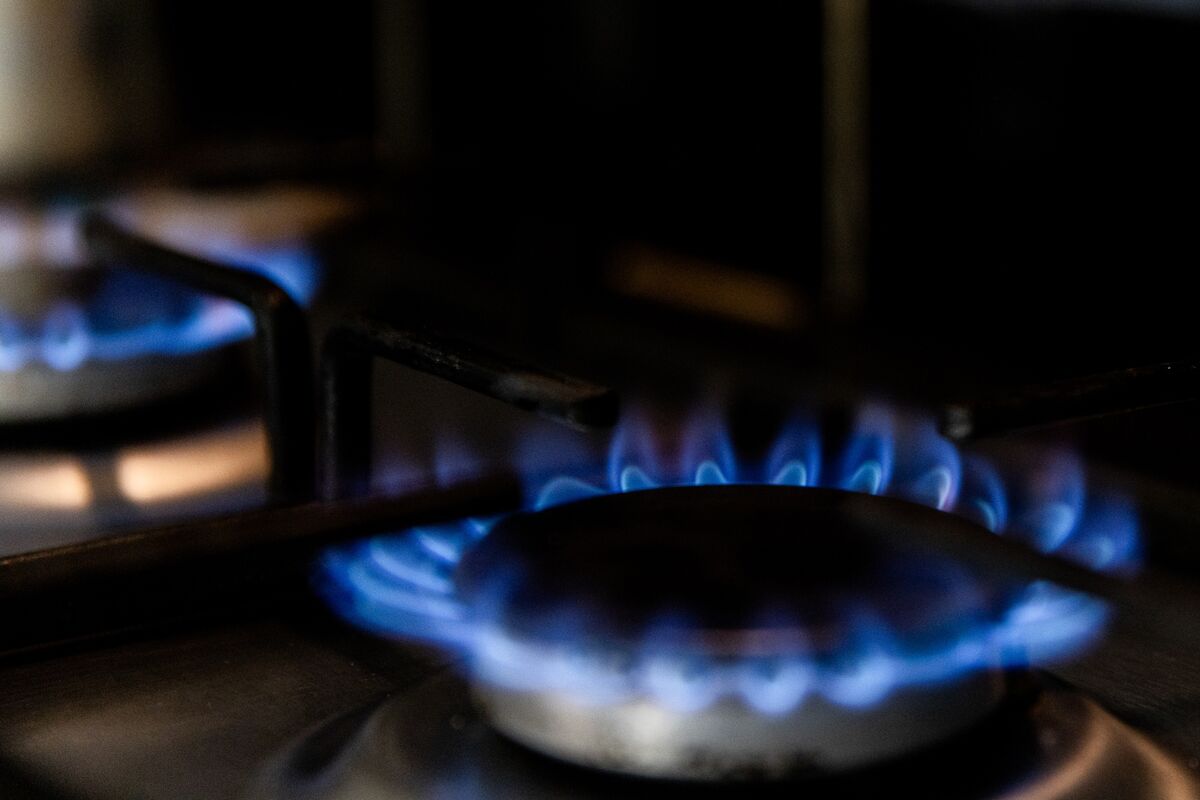In the comfort of our homes, we often overlook the silent dangers lurking in the very air we breathe. A recent study spearheaded by Stanford University’s Doerr School of Sustainability has cast a spotlight on an alarming source of indoor pollution: gas stoves. The research, published in Science Advances on May 3, reveals that households with gas or propane stoves are exposed to unhealthy levels of nitrogen dioxide (NO2), a pollutant with far-reaching health implications.
“I didn’t expect to see pollutant concentrations breach health benchmarks in bedrooms within an hour of gas stove use, and stay there for hours after the stove is turned off,” expressed Professor Rob Jackson, the senior author of the study. This statement underscores the pervasive nature of NO2 pollution, which does not confine itself to the kitchen but spreads throughout the entire home, affecting all occupants.
The study’s findings are based on meticulous data collection and analysis. Stanford researchers, including PhD students Metta Nicholson and Yannai Kashtan, measured air pollution in homes across California, Texas, Colorado, New York, and Washington, D.C. They discovered that regular use of gas stoves could lead to long-term exposure to NO2 levels that nearly reach the World Health Organization’s threshold for unsafe outdoor air. This is particularly concerning as it does not account for the cumulative effect of outdoor pollution sources.
The health consequences of such exposure are severe. Breathing high levels of NO2 over time can exacerbate asthma attacks, hinder lung development in children, and even contribute to premature deaths. The researchers estimate that gas and propane stoves may be responsible for up to 200,000 current childhood asthma cases, with one quarter of these attributed to NO2 alone. Furthermore, the long-term exposure to NO2 in American households with gas stoves is believed to cause thousands of deaths each year, potentially as many as 19,000, which is about 40% of the number of deaths linked annually to secondhand smoke.
The study’s methodology was comprehensive. The researchers used sensors to measure NO2 concentrations in over 100 homes, incorporating these measurements into a model powered by National Institutes for Standards and Technology (NIST) software known as CONTAM. This software simulates airflow, contaminant transport, and room-by-room occupant exposure in buildings, allowing for an estimation of nationwide averages and short-term exposures under realistic conditions.
The implications of these findings are profound. The research suggests that the biggest factor affecting NO2 exposure from gas stoves is the amount of gas burned. This is followed by the effectiveness and usage of range hoods that vent air outdoors. Even in larger homes, NO2 levels can spike to unhealthy levels during and after cooking, and the situation is worse in smaller homes, particularly those under 800 square feet. Such homes see NO2 exposure levels twice the national average and four times more than those in the largest homes.

The study also highlights disparities in exposure across different racial, ethnic, and income groups. American Indian and Alaska Native households, as well as Black and Hispanic or Latino households, experience higher long-term NO2 exposure compared to the national average. This adds to the burden of outdoor NO2 pollution, which is typically higher in poorer, often minority, communities.
The research team, which includes experts from Central California Asthma Collaborative, PSE Healthy Energy, and the Harvard T.H. Chan School of Public Health, emphasizes the need for awareness and action. The transition from gas to electric stoves, for instance, can have immediate benefits for both climate and health, as seen in a household electrification program in Ecuador. Electric stoves produce no NO2 or benzene, making them a safer alternative to their gas counterparts.
As we delve deeper into the study’s findings, it becomes clear that the issue of gas stove pollution is not just a matter of environmental concern but a pressing public health issue. The invisible threat posed by NO2 demands our attention and action to protect the health and well-being of millions of Americans.
Mitigating the Dangers: Strategies for Safer Indoor Air Quality
Understanding the risks associated with gas stove pollution is just the first step; taking action to mitigate these dangers is crucial. The study by Stanford University’s Doerr School of Sustainability and its collaborators provides a roadmap for reducing the health risks posed by NO2 and other pollutants from gas stoves. The most effective strategies involve a combination of improved ventilation, behavioral changes, and a shift towards cleaner cooking technologies.
The use of range hoods that vent to the outdoors is essential. These devices can significantly reduce the concentration of NO2 in the air by capturing and expelling pollutants outside the home. However, it’s not enough to simply have a range hood installed; it must be used consistently and effectively. This means turning on the hood every time the stove is used and ensuring that it has the capacity to handle the volume of air that needs to be cleared. For those without range hoods, opening windows and using fans can help to disperse pollutants, although this is less effective than proper ventilation systems.
Another key factor is the duration and intensity of stove use. Households that use their stoves more frequently and with higher burner settings are exposed to greater levels of NO2. Therefore, reducing the amount of time that burners are on and cooking at lower temperatures can help to minimize exposure. Planning meals that require less stove time or using alternative cooking methods, such as microwaving or using electric appliances, can also contribute to cleaner indoor air.
Switching to electric stoves, like induction cooktops, helps solve gas stove pollution. Induction stoves are highly efficient, providing precise temperature control and faster cooking times, all while producing no NO2 or benzene. The study cites the example of a household electrification program in Ecuador, which demonstrated that switching from gas to induction stoves can reduce climate emissions and hospitalization rates more quickly than previously thought. While the initial cost of switching to electric stoves can be a barrier for some households, the health and environmental benefits are compelling reasons to consider this change.
Consider differences in exposure to NO2 from gas stoves. Lower-income households and those in smaller living spaces are disproportionately affected. Policy interventions, such as subsidies or incentives for upgrading to electric stoves, could help to alleviate this inequality. Additionally, landlords and property managers should be encouraged or even required to provide safer cooking options for their tenants.
Public campaigns educate on gas stove pollution dangers & safety measures. These campaigns should include information on the proper use of ventilation, the benefits of electric cooking appliances, and tips for reducing stove use. Healthcare providers can also play a role by discussing indoor air quality with their patients, especially those with respiratory conditions or other health vulnerabilities.
Regulatory action needed for safer cooking technologies in new homes. Current building codes and standards should be reviewed and updated to reflect the latest research on indoor air quality. This could include requirements for electric stoves in new constructions or renovations, as well as standards for the performance of range hoods and other ventilation equipment.
The dangers of gas stove pollution are clear, and the need for action is urgent. By implementing a combination of improved ventilation, behavioral changes, and a shift towards electric cooking technologies, we can significantly reduce the health risks associated with NO2 exposure. It’s time to turn up the heat on this issue and cook up a healthier future for all.
Related posts:
People with gas and propane stoves breathe more unhealthy nitrogen dioxide
Gas stove emissions increasing childhood asthma rates, adult deaths: Stanford study
The Health Risks of Gas Stoves Explained





